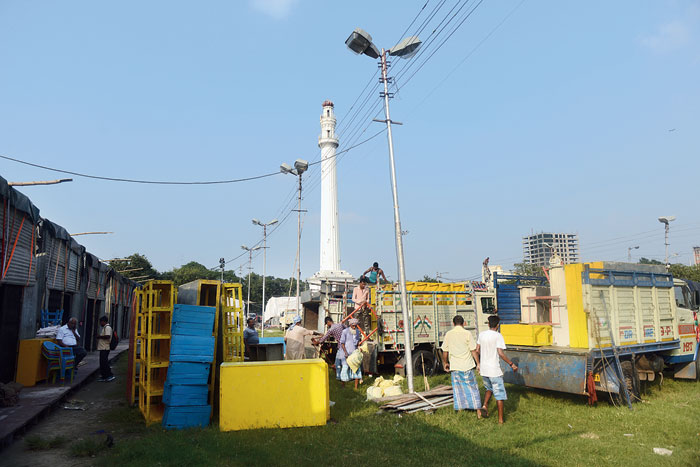A sparkler or a flower pot does not emit any sound and is considered safer than firecrackers but they are as bad, environmentalists said on Tuesday.
Sparklers emit light and a lot of smoke and they contain various toxic chemicals, many of which are carcinogenic, a state pollution control board official said. Many sparklers have metals, which increase their toxicity.
People are more exposed to the toxic fumes of sparklers as they hold them while burning. “We have a common but wrong perception that sparklers are better than firecrackers because they do not emit sound,” the pollution control board official said. “But I would say they are as bad, if not worse, as firecrackers.”
Sparklers and firecrackers are made of compounds of nitrogen, sulphur, magnesium and phosphorous. Lead and cadmium, too, are present in some sparklers.
The smoke emitted when sparklers are burnt contains ultra-fine particulates like PM2.5. These are invisible to the naked eye but they can enter the deepest crevices of human organs and mix in the bloodstream, triggering a host of health problems, the scientist said.
“The colour generated by sparklers when they are burnt is because of the various metals present in them,” Anumita Roy Chowdhury, who has worked in air quality management for decades, said. “The metals are carcinogens that increase the toxicity levels.
“The toxic chemicals that are released enter the food chain and can affect humans much later. What people fail to realise is that the toxic chemicals released settle down on trees and water and enter the food chain.”
Roy Chowdhury is the executive director of Centre for Science and Environment, a research and advocacy organisation headquartered in Delhi. The organisation works on environmental matters.
Last year, Metro had reported that Calcutta’s air quality was the worst among metropolitan cities in the country in the days immediately after Diwali. The air quality index (AQI) from 4pm on November 6 to 4pm on November 7 (Diwali) was 326. It reached 354 in the next 24 hours.
On November 5 and 6, it was 73 and 57 — satisfactory on the national index.
A reading between 301 and 400 is “very poor” and can cause “respiratory illness from prolonged exposure”.
This year, Calcutta’s AQI has already touched “poor” and “very poor” levels at certain hours during the day.
The air quality worsens during winter because the wind velocity is less and particles remain suspended in the atmosphere immediately above the earth’s surface for a long time and do not get dissipated, the pollution control board official said.
The official said in 2017 the AQI was better after Kali Puja and Diwali as it had rained. Rain washes away the pollutants from the air improving the AQI.











